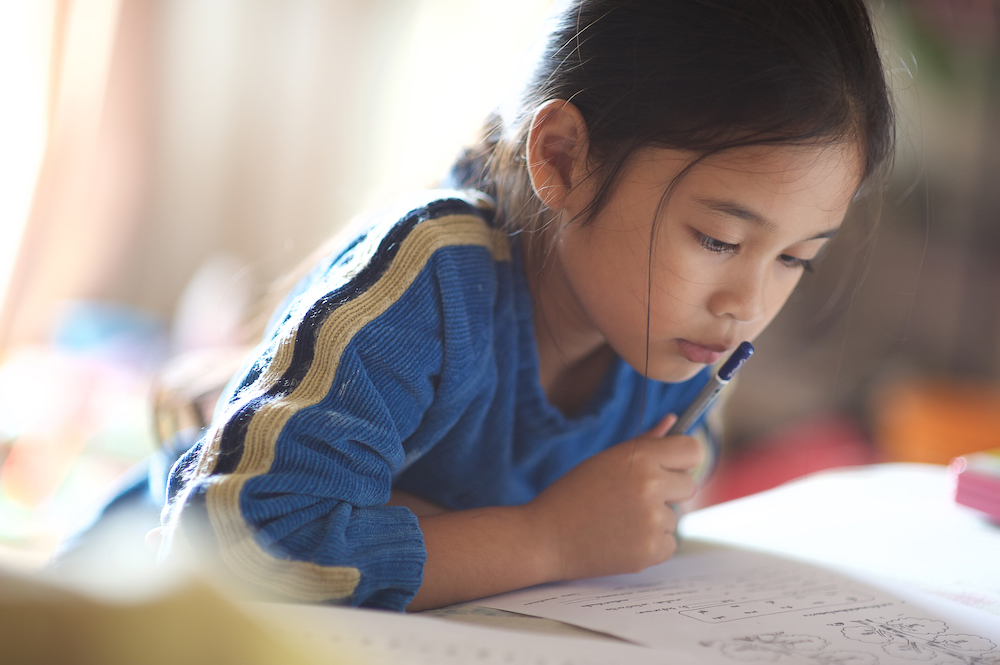The end of the school year is just a few weeks away and final exams will be coming up soon. This can be a stressful time as your teen might feel under pressure or overwhelmed with exam preparations. We have some tips on how to help your kid manage stress and perform well on their tests.
Firstly, let your teen know that you empathize with their feelings and encourage them to practice self-compassion. Feeling overwhelmed about exams is completely normal and it’s important that your child doesn’t put too much pressure on themselves. If your child is struggling with preparations or understanding the material for their tests, they might get frustrated with themselves. This is an opportunity to remind them of their skills and strengths so that they develop self-confidence, which will relieve some of the pressure they might be feeling.
It’s also helpful to encourage your teen to create a plan that breaks down their study and preparation sessions. Often, finals can feel overwhelming when kids take them all in at once. Mapping out what they need to do and the number of hours they need to study can give them the structure they need to prepare and make studying feel more do-able. Creating a study schedule will also keep them on track and ensure that they are ready for when they have to take their finals. Their study plan should include breaks to relax or have a snack to prevent burnouts.
When your child is studying, remind them to keep their cell phones or any electronics they’re not using for studying away. Having a quiet and comfortable study environment can also put your child at ease while preparing for their exams. It’s important that your child is not distracted so that they remain focused and do not procrastinate. Procrastination can lead to cramming for the exams as it gets closer to taking them, making those final days even more stressful.
If your teen has a job, talk to them about cutting down their hours or taking time off so they not only have time to study, but their workload isn’t as excessive. This should eliminate some of the stress and make their schedules more manageable. Calming techniques like meditation, yoga, using stress balls, breathing exercises, and practicing mindfulness can be very beneficial for coping with stress. Visualization, such as seeing the tests go well, can also help. Encourage your child to find a modality that works for them.
If your child has a mental health condition like depression or anxiety or they have a diagnosis like ADHD, check with their school to see what accommodations can be made, including more time during the exam or modifications to the tests.
As some kids get stressed about finals because they’re afraid of tough questions that they won’t know the answers to or they forgot the answers, advise them on some test strategies like not dwelling on a question for too long or returning to it later. Having a plan and good test practices will help your teen feel more confident.
Lastly, it’s important that your child remembers to take care of their health as they study. Eating healthy, staying hydrated, exercising, and getting enough sleep will keep them energized and help with concentration. They are also more likely to perform better on their exams.



